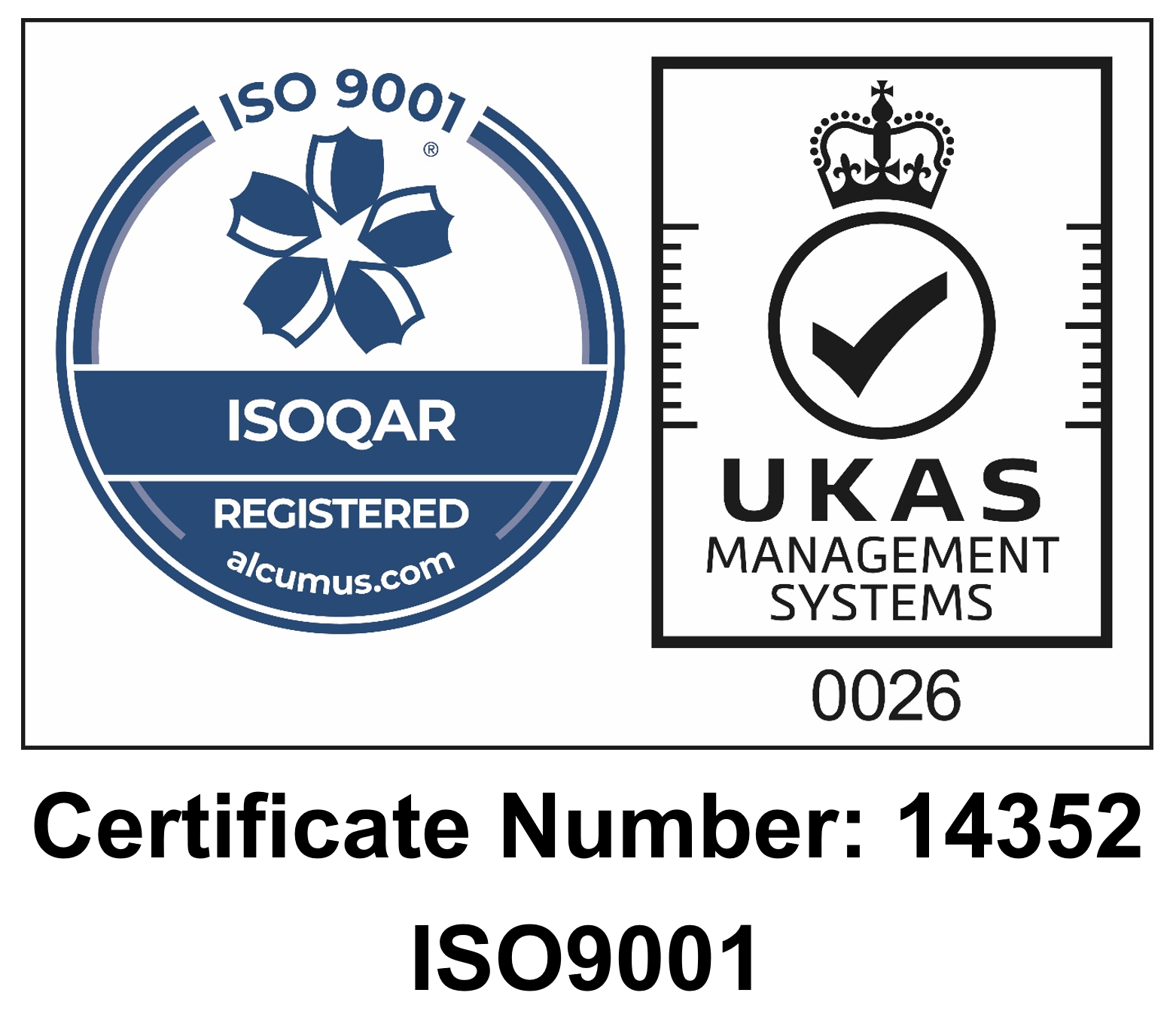What is PVC? Material Explained
If you are ordering PVC for use in your workplace or home, you might be intrigued as to what it is you are actually buying. In other words – what is PVC, anyway? Here we will provide a little more information about this fantastic material and why it is so versatile, giving you the perfect material for a wide range of situations.
What is it made of?
Let’s first take a look at the chemical make-up of PVC and how it is put together. PVC is a thermoplastic, which means that it has been hardened by heating and can be softened or hardened again by the application of the heat later in the process. It first comes in a powder form which can be stored for a very long time without any negative effects, making it perfect for use in manufacturing. A range of additives and pigments are then added to this powder in order to make the finished PVC products, which to American audiences are normally referred to as vinyl.
The chemical make-up includes 57% chlorine and 43% carbon, which are taken from industrial grade salt and oil or gas respectively. It doesn’t depend on crude oil or natural gas, which means it is a more renewable resource than most plastics. This is one of the biggest reasons why manufacturers prefer to use it.
The history of PVC
PVC actually has a very long history as one of the oldest synthetic materials on record, with multiple people discovering it at around the same time. There was Henri Victor Regnault in 1838, and also Eugen Baumann in 1872, though neither of them managed to figure out a way to use it commercially at the time. They did not realise how they could work with it to turn it into something for manufacture. In 1913, Friedrich Heinrich August took out a patent on PVC, but it was Waldo Semon who created it once again to first think of a commercial use. He saw it as a fabric coating which would make the clothing water resistant, and during the Second World War its use expanded to coating wiring on military ships and preventing them from getting wet. Through the 1950s and 60s, many more uses were discovered. Now it can be used in thousands of different ways, including the PVC curtains which we sell for your use. It has become the third largest-selling commodity plastic out there, which is a real achievement for something which was almost discarded on at least three different occasions as being totally useless!
The properties of PVC
Evidently, for this material to be so useful, it has to have a lot of great properties. These properties are what makes it so easy to find new uses for PVC, and what makes it a great option for replacing more outdated materials. It is quite stable compared to some other plastics, which is always good news when working with chemicals. It also has fire retardant properties and resistance to oils and chemicals, so it is very useful in health and safety situations. We have already mentioned that it is water resistant, and it is also very durable. This means that once manufactured, it can endure a lot of stress and will last for a long time.
But that’s not all – go deeper into the properties and you will see that it is even more useful. It may be fire retardant, but that is not the whole story. It also burns at a much lower temperature than other plastics, which means it is less likely to spread fire to other materials and can prevent further fire damage. A study on PVC pipes stored underground in Japan found that they showed no deterioration whatsoever after 35 years, which is an incredible length of time. In fact, research in Germany found that pipes were still in good shape for 60 years, and perhaps were only halfway through their useful lives! That’s an incredible statistic and shows just how long PVC can last even when not looked after in any particular way.
With so many great attributes, it’s easy to see why PVC is so popular. Now that you know more, it will be an even more obvious choice.

